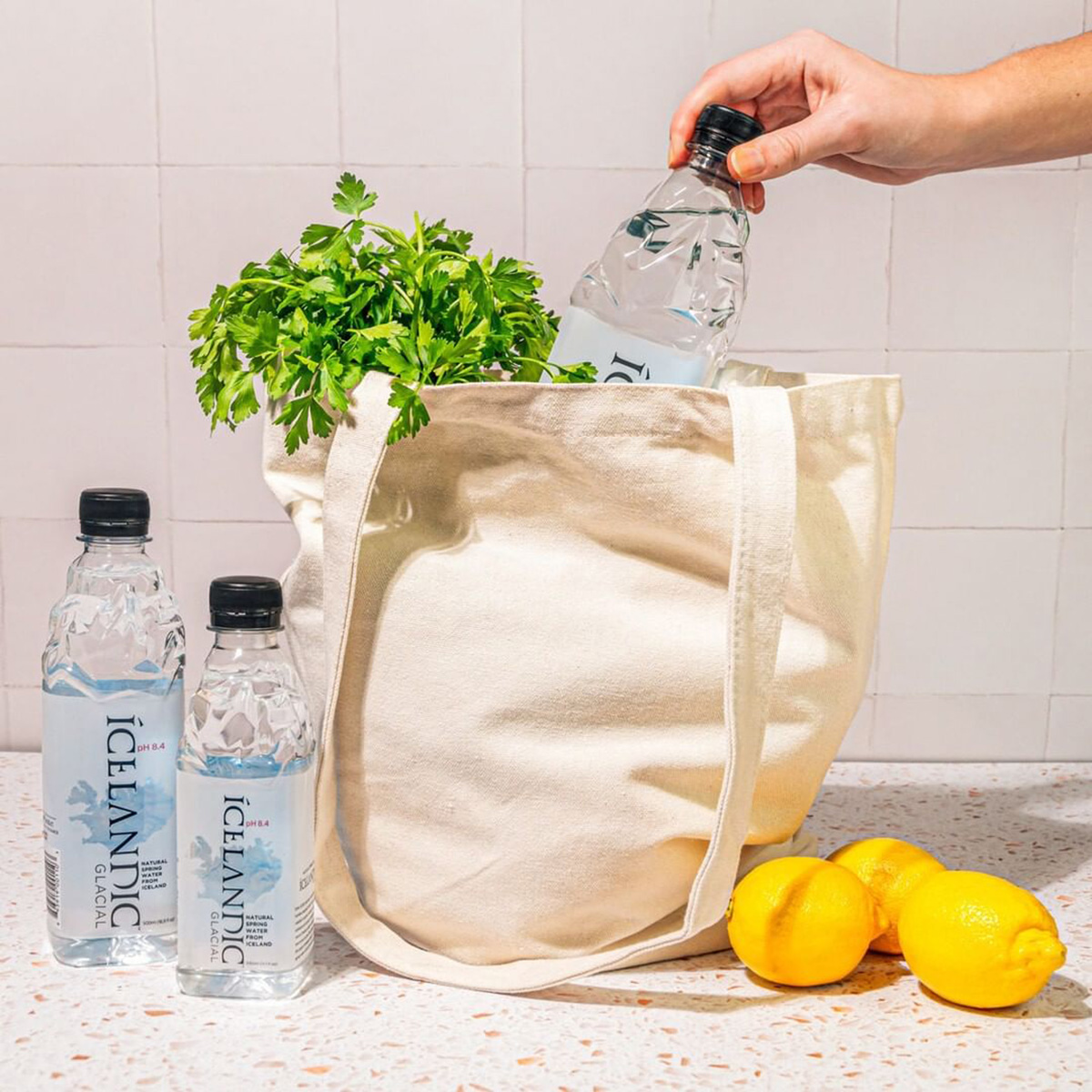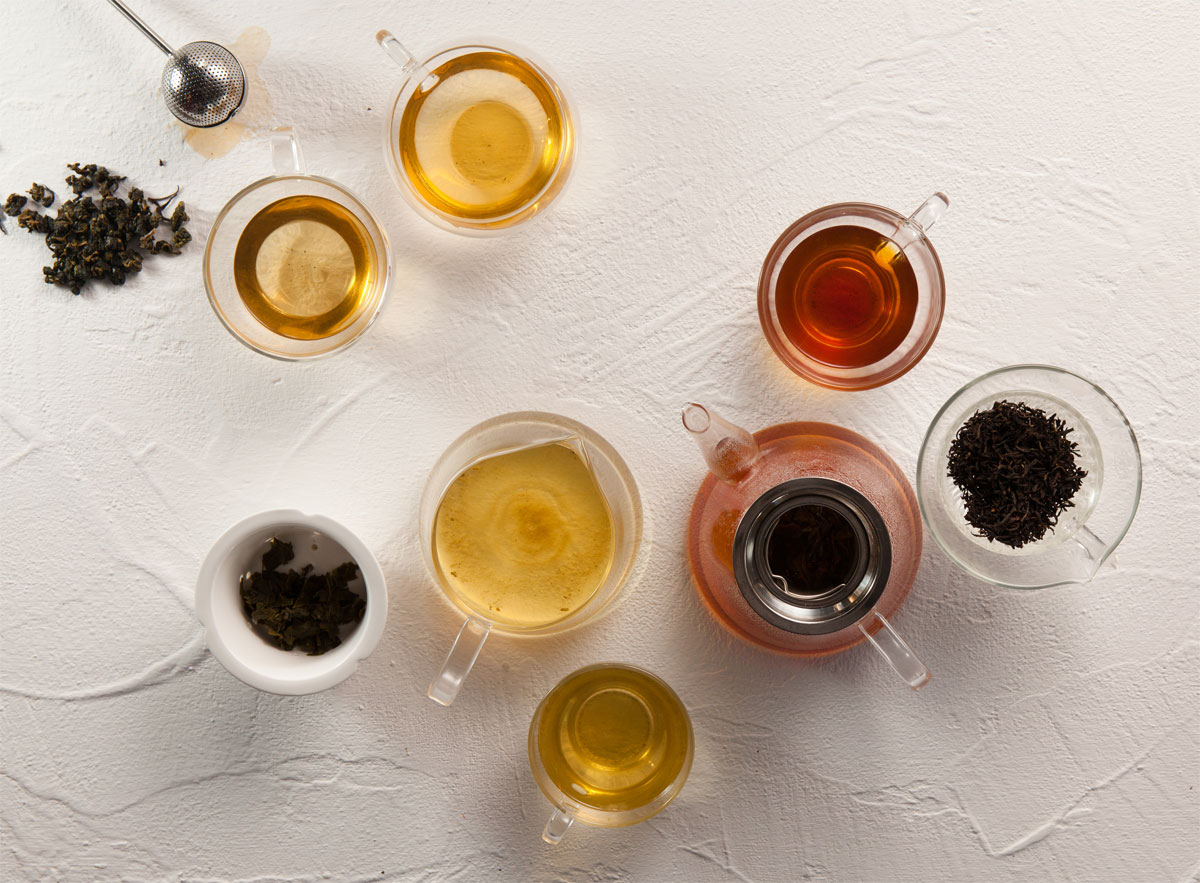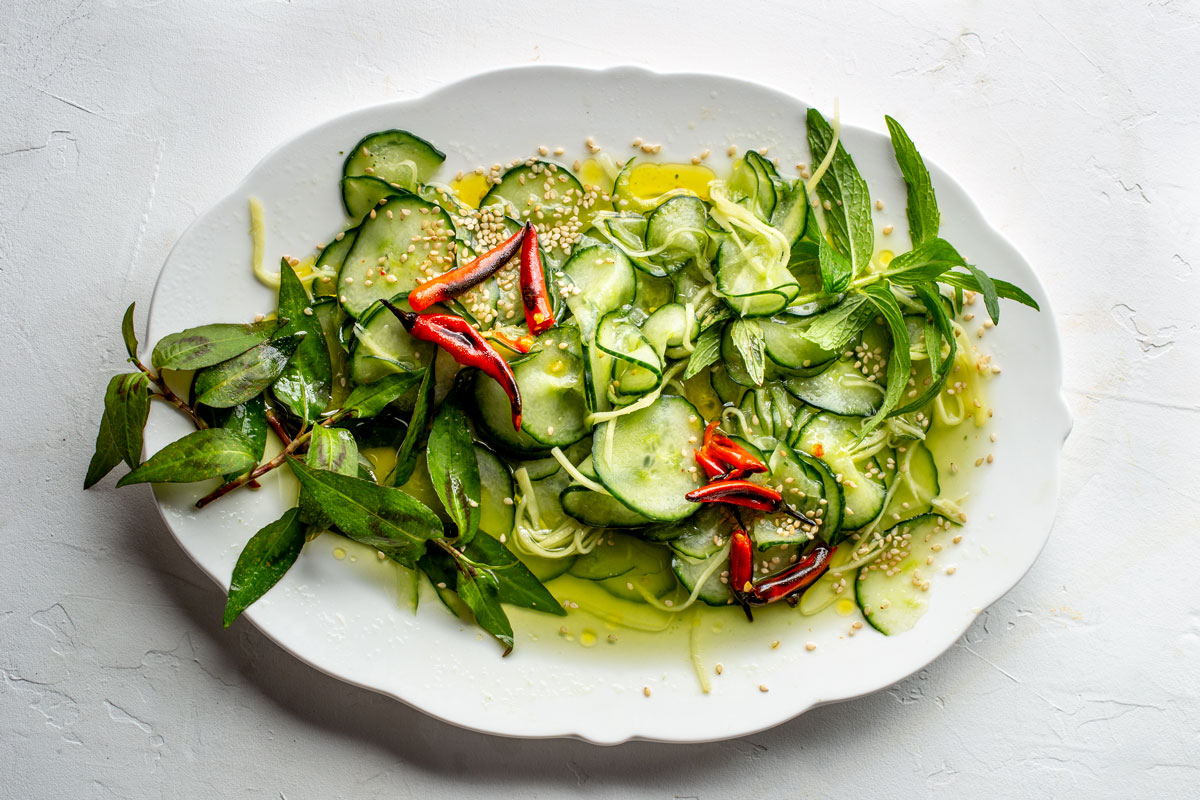How to manage your hydration levels
It’s February, the hottest month of the year – how are your hydration levels? We’ve got the lowdown on how to avoid under-hydration
We all know the rule of thumb of drinking six to eight glasses of water a day. But how many of us actually do it? Many of us are walking around chronically under-hydrated – and functioning at less than optimum levels.
Pamala Pillay, a dietician and nutritionist based in Cape Town, says: “We estimate that between 20 and 40% percent of the population are under-hydrated at any given time.” (This is different from clinical dehydration, when a person has experienced significant fluid loss and will probably need to be hospitalised.)
Under-hydration is, however, a result of not drinking enough water on a daily basis.
“We know that water is a human essential,” emphasises Pillay. “Every cell and process in your body needs water to function.” And yet, “people just don’t seem to see water as part of their diet.”
Cath Day, a registered dietitian and owner of Catherine Day Dietitians, is just as emphatic about the importance of drinking enough water. “Did you know that it’s possible to look at an MRI of the brain and see that it is dehydrated? It makes sense, since the brain is 75% water. But this shows you how important water is.”

Okay, but how much water, really?
“The National Research Council still recommends a baseline of two litres (eight glasses) of water per day,” says Pillay. “You can look at factors such as weight and a person’s activity levels, and these will influence how much water you should be consuming. But if you want to start anywhere, start at eight glasses a day.”
Day agrees that the eight glasses a day rule is a good starting point. But you have to take into account factors such as body weight. The National Research Council’s recommendation is based on the needs of “an average-weight male of approximately 70 kg” – and in South Africa, where studies show that up to 50% of adults are overweight or obese, it’s clear that eight glasses a day won’t work for everybody. “The current thinking is that women need 2.7 litres, and men up to 3.7 litres,” says Day.
How and when to drink your water
Some people believe in downing a litre of water before noon – and then they forget about it for the rest of the day. Others are wary of drinking water after the late afternoon for fear of too many night-time trips to the bathroom.
Pillay, however, recommends that you spread it out evenly over the course of the day. “I would drink a glass of water first thing in the morning, to get that peristaltic movement going. But after that, keep drinking at regular intervals. Remember, you’re eating throughout the day, you’re consuming fibre – your body needs the water to help digest the fibre, otherwise you’ll be looking at other problems, such as constipation. Also, you’re going to be talking all the time, you’re going to be moving around, you need to spread out your water intake to keep hydrated throughout the day.”
This will also keep you from becoming thirsty without realising it. “The body’s way of signaling that it’s thirsty is quite complicated,” says Day. “Lots of people think they’re hungry when they’re actually thirsty. And then they head to the vending machine for a packet of chips, which are salty, and leave you thirstier than before.” But if you’re drinking water regularly throughout the day, your body won’t experience those misleading “hunger” pangs.

What else can you count as part of your fluid intake?
So, is it just water, or can we drink other things? “Water is always the gold standard,” says Pillay. “Yes, other beverages can form part of your fluid intake – especially black coffee and tea.” You can enjoy up to four cups of black coffee a day and eight cups of black tea. If you treat it like this, it can become part of your fluid intake. But she cautions that this only counts if you aren’t adding sugar or sweeteners and dairy.
But Pillay’s favourite recommendation, after water, would be our very own homegrown rooibos tea. “Rooibos is great,” says Pillay. “After water, black, unsweetened rooibos tea is the next best thing.”
But what about drinks like smoothies, kombucha or other herbal teas? Day says that these can count towards your fluid intake, “but be careful of things that are too high in sugar”. Also, a 500 ml smoothie obviously does not equal two glasses of water – too many things have been added. “The trick,” says Day, “is to make a smoothie that has a high water content – add water, ice, water-rich foods like strawberries and cucumber. Then it will contribute towards your water intake.”
 Fruit and veg have a higher water content than other foods – cucumber, for example, is 95% water!
Fruit and veg have a higher water content than other foods – cucumber, for example, is 95% water!
But what about food?
Food certainly plays a role in your hydration, says Pillay, but it’s much smaller. “We get 80% of our fluid intake from water and other fluids, and only 20% of it comes from the food we eat.” Of course, this doesn’t mean you should ignore the role that food plays. Twenty percent is still a significant amount. However, if you’re looking at the food you consume for hydration, the focus should be on getting as much fruit and veggies into your diet as possible as these foods have the highest water content.
And when it comes to foods to avoid – as in food that will dehydrate you – these include “energy drinks with a high caffeine content, highly salted foods (such as crisps, deli meats and biltong) and processed food, because they’re generally high in either sugar or salt, to make them taste good,” says Day.
But in the end, it all comes down to this: are you drinking enough water? If not, this is a habit you can learn. “Drinking water is a learned behaviour,” says Day. “I’m a dietitian and even I have to remind myself to drink water every day.”
Cath Day is the owner of Catherine Day Dietitians. Check out her website here.
Pamala Pillay is owner of Eat for You. Check out Pam's website here.



Comments